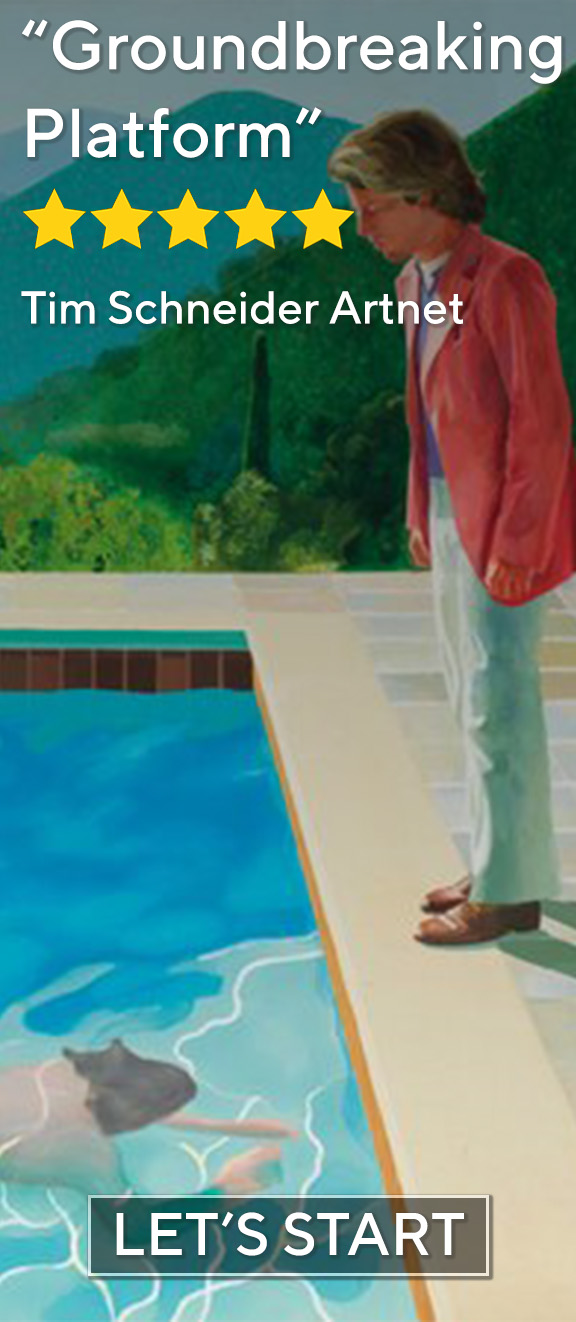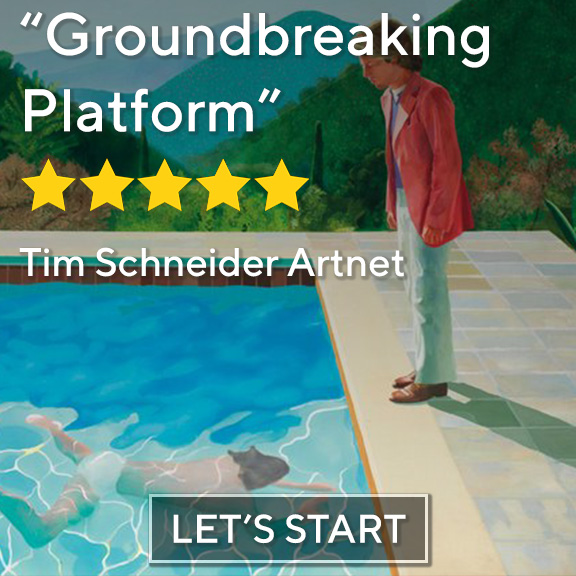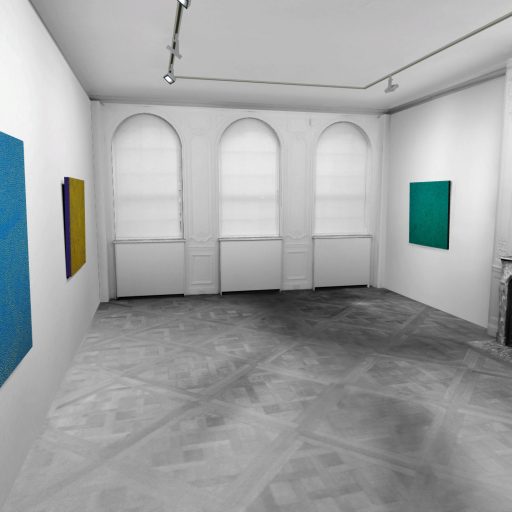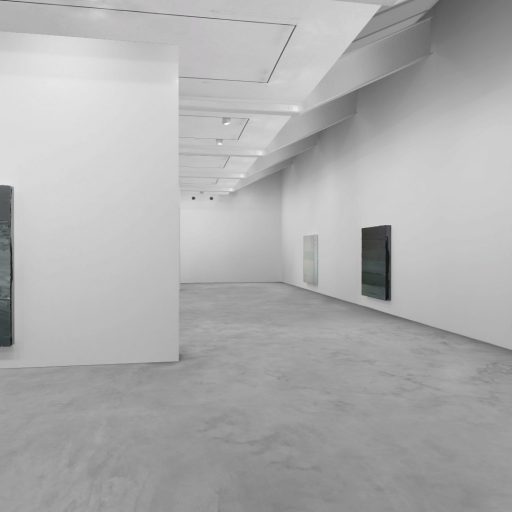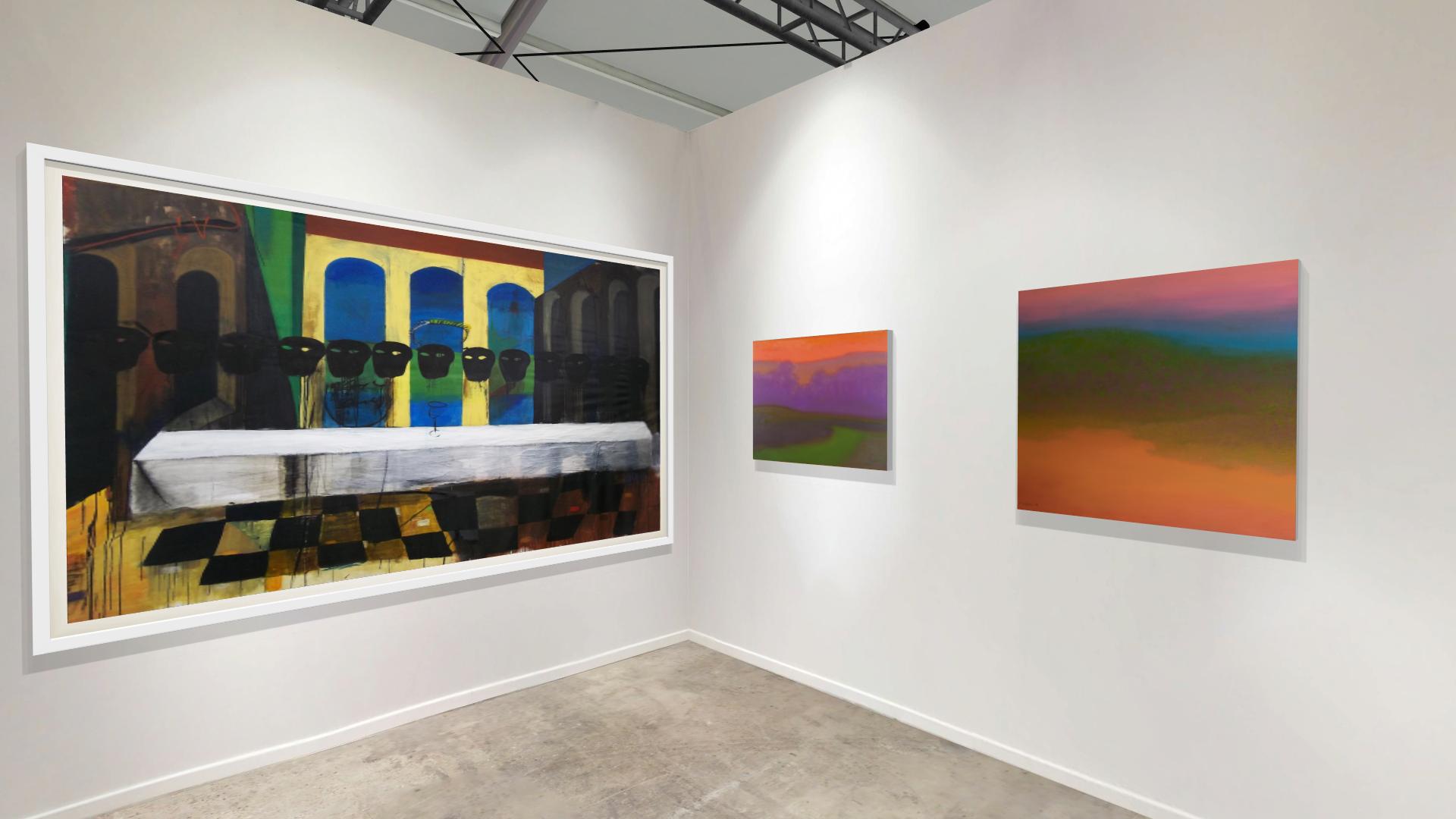

Loading...


"I work in introspective themes from my first part of life in Africa: silence, endless waiting & loneliness. I take ... more >> Mayhew's emotional & spiritual connection to nature is rooted in a dual ancestry of African American & Native lineages. Inspired by watching artists who summered on Long Island, young Mayhew used supplies from his dad's sign painting business to imitate them. He aims for transcendence in the purity of landscape.
"I work in introspective themes from my first part of life in Africa: silence, endless waiting & loneliness. I take the spectator back to his own nature, fear & reality." F. Schroeder
MAYHEW’S landscape paintings aren’t the facts of a landscape but the spirit of a landscape. That spirit, emerging through a haze saturated with color, shimmers.
Mayhew’s emotional and spiritual connection to the natural world has its roots in his dual ancestry: his father was African American and Shinnecock; his mother, African American and Cherokee. During his boyhood, his paternal grandmother schooled Mayhew in the Native Americans’ kinship with the earth, their relationship to the earth’s spirits.
Born in 1924 and raised in Amityville, New York, on Long Island’s south shore, Mayhew’s passion for painting was sparked by watching the artists who summered in the environs of Amityville and painted its scenic shoreline. Inspired by these artists, young Mayhew used brushes and paints from his father’s sign painting business to copy what the artists were doing. When Mayhew was fourteen years old, one of the artists recognized the young man’s talent and taught him the fundamentals of drawing and painting.
Throughout his teen years, Mayhew made several trips into New York City to study the works of the European and American masters on view at the Metropolitan Museum of Art. By age seventeen, he’d made up his mind to become an artist.
Mayhew moved to New York City, in 1951, a crucial period in American art history. Abstract Expressionism, the first truly homegrown American art movement, was electrifying the public, igniting passionate discussion among the cognoscenti about what constitutes art in the first place and what is its purpose in the public realm. Mayhew, now a student at the Brooklyn Museum’s school of art, with additional courses at Pratt Institute and Columbia, thrived in this fevered environment. The painterly freedom of the Abstract Expressionists had a profound influence on Mayhew, opening his canvases to the wild essence of being that was in kinship with the spirituality of his heritage.
Critical notice came quickly. Mayhew had his first solo show in 1955 at the Brooklyn Museum. In 1959, he won the John Hay Whitney Fellowship, which funded a year of study at the Accademia delle Belle Arti in Florence. A subsequent grant from the Ford Foundation allowed Mayhew to remain in Europe after his training. His exposure to the rich history of European art further expanded his vision. He was particularly excited by the French Impressionists, whose experiments in light in color would inform Mayhew’s landscapes.
When Mayhew returned to New York in 1962, the city and much of America were in the throes of the Civil Rights Movement. Artists, especially African American artists, involved themselves in the struggle. In 1963, Mayhew joined the Spiral, a group formed by Romare Bearden, Charles Alston, Norman Lewis and Hale Woodruff, to discuss the role of African American artists in the politics and culture of America. Though Mayhew was an active participant in the Spiral and the Civil Rights struggle, his art, unlike that of his Spiral colleagues, was not grounded in African American themes. He remained true to his pursuit of transcendence through the spirituality of landscape.
Mayhew is equally respected as an educator. He has taught at the Brooklyn Museum, the Art Students League, Smith College, and Pennsylvania State University, where he retired as Professor Emeritus in 1991 after fourteen years at the school. During his Penn State years, Mayhew travelled across America. He was deeply affected by the color, shapes, drama and spirituality of the American west. Upon his retirement from teaching, Mayhew and his wife moved to Santa Cruz, California, where he continues to paint.
FRANK SCHROEDER is a classically trained French artist, whose hip-hop inspired work though rooted in classicism is a continuing dialogue with neo-expressionist graffiti artists from the late 1970s and 80s.
Frank’s work is fast, responsive and instinctive, and is produced on canvas and cardboard. Given his ‘no time to lose’ mindset he favors acrylic because of its rapid drying time which is often overlaid with oil pastels and sometimes spray paint.
His pictures are rooted in conflict, in a colonial history that brought him from France to the Ivory Coast and a life of tumult and war. His escape lay in the paintings of the French masters, Géricault and Delacroix, and the poets and philosophers of 19th and 20th century. Into that potent mix came urban art, an immediate and expressive form that enabled him to tell his story, quickly, viscerally and in tune with the burgeoning hip hop scene.
"My work is focused on revisiting classical and philosophical themes that have built Western cultural and artistic Identity whatever origins or skin color, while developing a contemporary vision of these subjects.
I also work on a very personal and introspective reflection from my first part of life in Africa on themes such as “silence”, “endless waiting” and “loneliness”.
For my part, a painting should not be a simple illustration on canvas. Each painting must tell its viewer a story (spectacle), and must become similar to “Alice in Wonderland’s” mirror, so that each person has the desire to go through it and be a part of it. My paintings take the spectator back to his own nature, fear and reality.
I work with acrylic, sticks and collage paper on large canvases. I incorporate each painting’s strong elements in large (and often black) silhouette shapes of painted kraft paper glued on the support with paint for a superior visual dimension.
My painting is the result of a reflection that structures my thinking, my mind and my vision of the world.
I work on a complex, emotional, modern and timeless painting.
To challenge each brush stroke … think about every brush stroke … change the world in every brush stroke, a story with one image, a story that lives and changes as it is painted …” - Frank Schroeder



